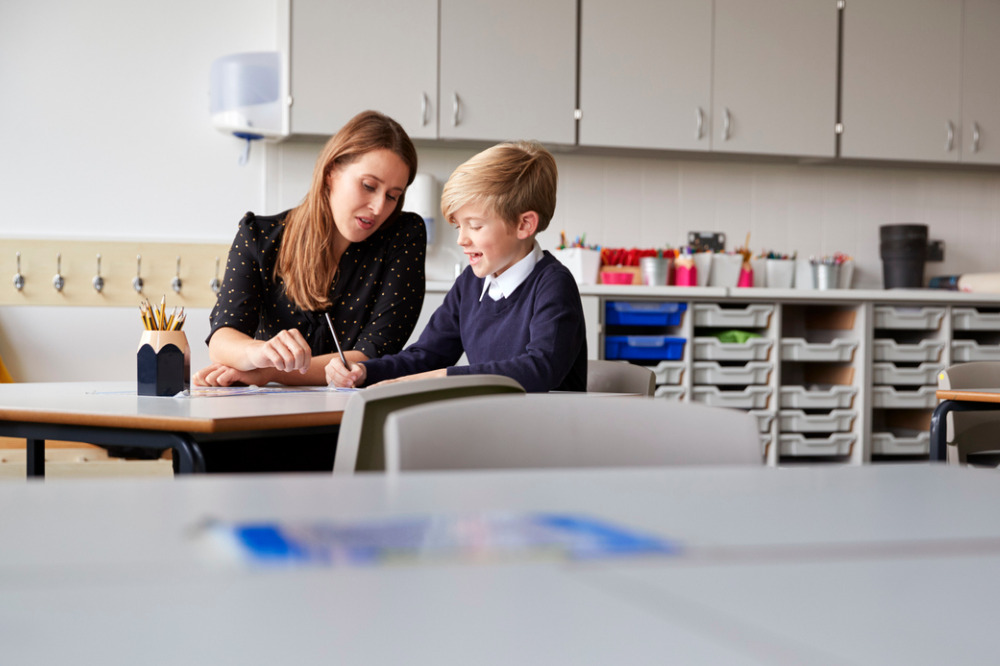
Studies have shown that students who refuse school and do not return to school experience poor life outcomes, including lower employment prospects, issues maintaining social relationships and mental health challenges.
Recognising this, Australia’s school leaders are mindful of the need to set up comprehensive supports for disengaged students, including return to school strategies and mentoring.
Jacqui Rainey, Association of Independent Schools NSW (AISNSW) Education Consultant and Clinical Psychologist, works with the organisation’s Student Services team. She said there are several important approaches principals can take in driving whole school approaches to improving student attendance.
One of them, she says, is communicating high expectations for attendance to the school community within the context of the school’s values.
“For example, a school that values responsibility might encourage students to demonstrate personal responsibility by meeting commitments or asking a trusted support for help when needed,” Rainey told The Educator.
“The mode of these communications would vary according to the school and audience and might include notes in newsletters, banners, peer video modelling or targeted lessons. This is to ensure the message is understood by each member of the community”.
In addition, as part of high expectations for attendance, Rainey close monitoring and early follow-up in the form of a conversation should be provided in the case that a student has been late, missed a class or missed a day.
“In the case that school has been missed without explanation several times within a couple of weeks, follow-up with the student and their parents/carers is recommended to identify any barriers to attendance and supports that may assist the student”.
Studies have shown that higher wellbeing and resilience plays a key part in keeping students engaged in schools.
According to Jo McLean, Head of Professional Services at AISNSW, one crucially important recommendation for improving student wellbeing and resilience is fostering positive relationships with staff and peers.
“Belonging and connectedness are well known protective factors for student wellbeing,” McLean told The Educator.
“When schools build a strong sense of belonging and connectedness, students are more likely to build positive relationships, connect to the broader school community in addition to having higher levels of overall wellbeing, motivation, engagement, and learning”.
McLean says a supportive environment prioritises teacher and student relationships to develop a “positive school climate”.
“Relationships are best when extended beyond the school grounds. Focusing on building partnerships with families to support wellbeing and learning in addition to responding consistently and with care to student and family concerns can build trust between home and school,” she said.
“Recognising that families are the best source of information about students and encouraging them to share their knowledge will serve to enhance positive relationships for all members of the school community”.
Also important, says McLean, are providing a welcoming physical space for students, modelling authentic social and emotional competencies for students and conveying a genuine interest in building a positive relationship with students.
“Connecting students with playground buddies or like-minded friends who share similar interests can help them to feel included in social groups outside of the classroom,” she said.
“Implementing peer-support activities helps to build connections across year levels and can be particularly reassuring for younger students. Encouraging students to involve themselves in co-curricular activities [e.g. creative arts, sport, debating] will assist them to feel a sense of belonging to the broader school community based on their personal interests”.
Don’t SEL our kids short
A growing body of research has highlighted the importance of Social and Emotional Learning when it comes to engaging young people in education, and helping them thrive beyond the school gates.
Nicky Sloss, Senior Education Consultant: Wellbeing, says SEL supports students to acquire and apply the knowledge, attitudes, and skills necessary to understand and manage emotions, set and achieve positive goals, feel and show empathy for others, establish and maintain positive relationships, and make responsible decisions.
“Effective K-12 SEL pedagogy enhances both wellbeing and academic outcomes. SEL capabilities help students of all ages acquire friendship-making skills and develop their self-confidence,” Sloss explained.
“The more opportunities students have to rehearse skills, the more likely they are to develop social competence, such as meeting new friends, joining new friendship groups, and bouncing back from friendship difficulties”.
Sloss says deliberate and targeted whole-school initiatives can develop SEL skills.
“This is best achieved through explicit teaching and learning strategies complemented by family education and support,” she said.
Sloss said the NSW Personal Development, Health and Physical Education (PDHPE) K-10 Syllabus skill domains are central to the explicit teaching of SEL.
Personal and Social Capabilities are included in all NSW Education Standards Authority (NESA) Syllabus documents and provide further opportunities for teaching and incorporation of SEL skills in a range of different key learning areas.
“SEL should be part of a whole school wellbeing approach,” Sloss said.
“A comprehensive SEL pedagogy includes education for all key stakeholders and the use of evidence-based resources suitable for individual school contexts”.


